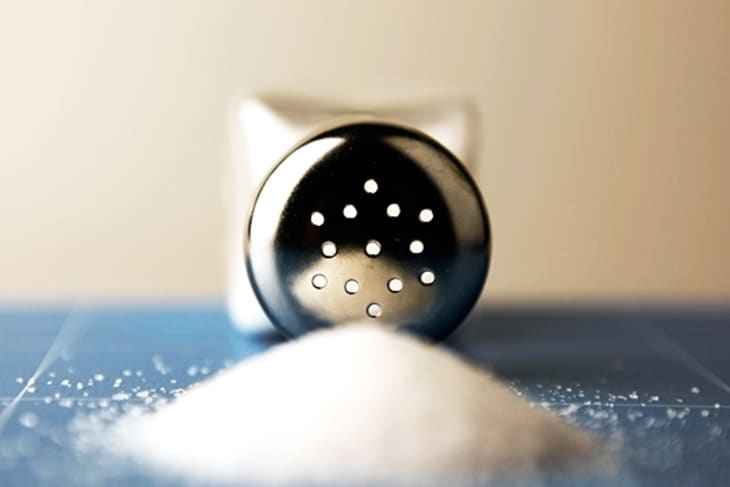What It Really Means to “Salt to Taste”
Salt to taste. Such a simple and innocent instruction. We’ve all read those words a million times over the years without thinking anything of it. Ever wonder what it really means?
As an ingredient in dishes, salt plays two very important roles. First, it reduces bitter flavors. Second, because it reduces bitterness, adding salt allows the aromas and tastes of the other ingredients in your dish to shine through.
If you have a dish that tastes flat or bitter, a little salt might be the only fix you need. Before adding more spices or seasonings, try just adding a teaspoon or a healthy three-fingered pinch of salt. Taste again and see if the flavors have improved. Add a little more. Taste again.
Try to ignore the instinct to taste for saltiness — you don’t actually want the dish to taste salty — and ask yourself how all the other flavors are coming through. “Does this soup still taste muddy or are the flavors bright? Can I taste the sweetness from the squash? Do the parsnips still taste bitter?”
Here’s a fun experiment to try: next time you’re making a salad with bitter greens like dandelion or radicchio, try making one vinaigrette with no salt and a second vinaigrette with salt. You’ll notice that leaves with the salt-less vinaigrette taste much more bitter than leaves dressed with the salted vinaigrette.
It’s ironic, isn’t it? When we’re told to “salt to taste,” we’re not actually looking for salty flavor. All we’re trying to do is get rid of bitterness and make the rest of the flavors pop.
Any other tips for salting a dish?
Related:
Hand-Harvesting Salt from the Sea: A Trip to the Sea with Ben Jacobsen of Jacobsen Salt in Portland
